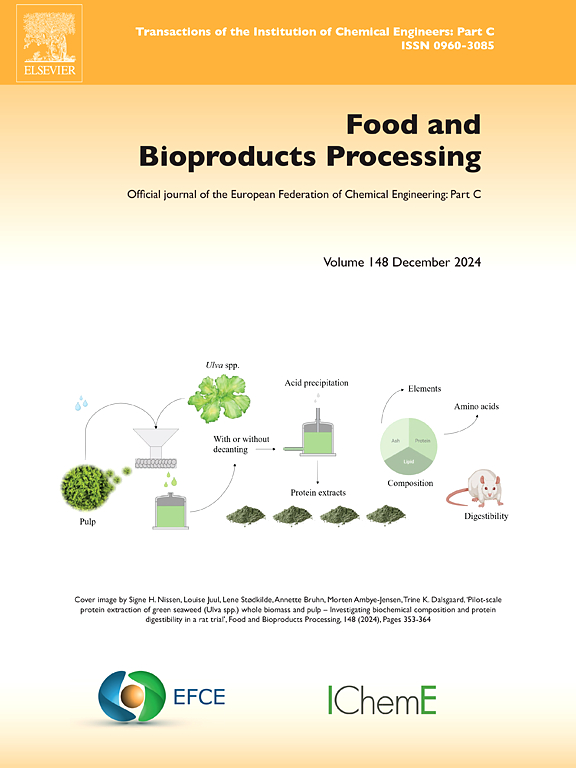A quantitative modeling perspective on extrusion processing of aquafeed & pet food
IF 3.4
2区 农林科学
Q2 BIOTECHNOLOGY & APPLIED MICROBIOLOGY
引用次数: 0
Abstract
This paper reviews the key factors influencing the extrusion process in aquafeed and pet food production. The quality of the final product and the operational efficiency of the extruder are largely dependent on factors such as feed formulation, extruder configuration, processing conditions, and equipment settings. This review has a specific focus on how mechanical, hydration and thermal parameters correlate to the output variables. Operational parameters such as temperature, moisture content, and screw speed play significant roles in determining the texture, digestibility, and nutritional value of the extruded feed. This review identifies and discusses the physical mechanisms underlying these factors and highlights areas in the current literature that require further research, particularly in optimizing extrusion conditions to improve both product quality and processing efficiency for aquafeed and pet food production through modeling techniques.
水产饲料和宠物食品挤压加工的定量建模研究
本文综述了水产饲料和宠物食品生产中影响挤出工艺的关键因素。最终产品的质量和挤出机的运行效率在很大程度上取决于诸如饲料配方、挤出机配置、加工条件和设备设置等因素。这篇综述特别关注了机械、水化和热参数与输出变量的关系。操作参数,如温度、水分含量和螺杆转速在决定膨化饲料的质地、消化率和营养价值方面起着重要作用。本文确定并讨论了这些因素背后的物理机制,并强调了当前文献中需要进一步研究的领域,特别是通过建模技术优化挤压条件以提高水产饲料和宠物食品生产的产品质量和加工效率。
本文章由计算机程序翻译,如有差异,请以英文原文为准。
求助全文
约1分钟内获得全文
求助全文
来源期刊

Food and Bioproducts Processing
工程技术-工程:化工
CiteScore
9.70
自引率
4.30%
发文量
115
审稿时长
24 days
期刊介绍:
Official Journal of the European Federation of Chemical Engineering:
Part C
FBP aims to be the principal international journal for publication of high quality, original papers in the branches of engineering and science dedicated to the safe processing of biological products. It is the only journal to exploit the synergy between biotechnology, bioprocessing and food engineering.
Papers showing how research results can be used in engineering design, and accounts of experimental or theoretical research work bringing new perspectives to established principles, highlighting unsolved problems or indicating directions for future research, are particularly welcome. Contributions that deal with new developments in equipment or processes and that can be given quantitative expression are encouraged. The journal is especially interested in papers that extend the boundaries of food and bioproducts processing.
The journal has a strong emphasis on the interface between engineering and food or bioproducts. Papers that are not likely to be published are those:
• Primarily concerned with food formulation
• That use experimental design techniques to obtain response surfaces but gain little insight from them
• That are empirical and ignore established mechanistic models, e.g., empirical drying curves
• That are primarily concerned about sensory evaluation and colour
• Concern the extraction, encapsulation and/or antioxidant activity of a specific biological material without providing insight that could be applied to a similar but different material,
• Containing only chemical analyses of biological materials.
 求助内容:
求助内容: 应助结果提醒方式:
应助结果提醒方式:


